
Adding sonrotoclax to zanubrutinib led to deep and durable response in relapsed or refractory mantle cell lymphoma, according to EHA Congress data.

Adding sonrotoclax to zanubrutinib led to deep and durable response in relapsed or refractory mantle cell lymphoma, according to EHA Congress data.

2025 ICE-T Conference presenters explain what nurses and APPs should take into account as immune cell effector therapies become more widely used.

Hope S. Rugo, MD, FASCO, emphasized the importance of educating patients about proactive rash and diarrhea management while taking PI3K/AKT inhibitors.

Paolo Tarantino, MD, PhD, explains that the chemotherapy-related toxicities from an ADC are more likely to limit dosage for patients with cancer.

While CIML natural killer immunotherapy can result in infection-like reactions, required prior chemo may cause infections, shared Wenxin (Vincent) Xu, MD.
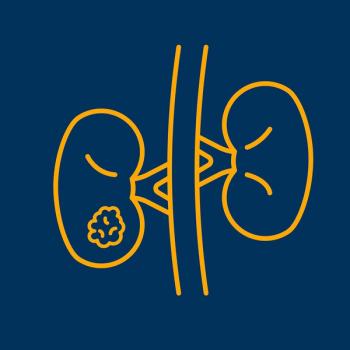
A quality-adjusted time without symptoms or toxicity analysis identified better outcomes for patients with RCC treated with belzutifan vs everolimus.
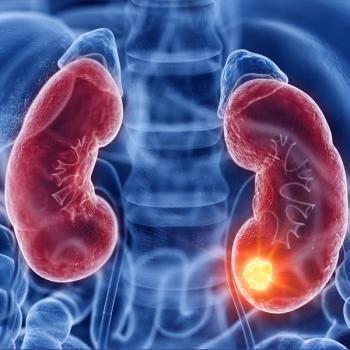
Levels of kidney injuring molecule–1 appear to be predictive of therapeutic benefit in patients with renal cell carcinoma.
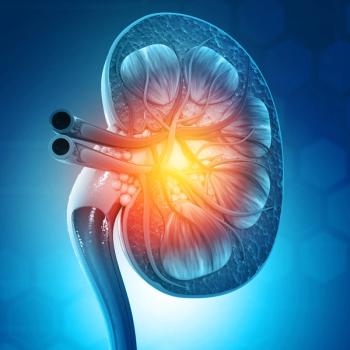
A personalized neoantigen vaccine may be effective in patients with clear cell renal cell carcinoma, shared David A. Braun, MD, PhD.

Each component of an antibody-drug conjugates—payload, linker, and antibody—play a unique role in building the treatment’s use and safety profile.

If patients with breast cancer have hyperglycemia or symptoms of it at home, a short break from capivasertib may be required, according to Hope Rugo, MD.

New therapies in breast cancer, particularly ADCs, present unique safety profiles for nurses to be aware of, according to Erika Hamilton, MD.

Data from a research database link ctDNA positivity in early breast cancer with poorer survival and higher recurrence risk.

ALLO-316 showed significant activity and safety in patients with metastatic CD70-positive clear cell renal cell carcinoma.

Adjuvant aspirin did not reduce recurrence or improve survival in patients with CRC liver metastases, phase 3 data showed at the 2025 ASCO Meeting.

The combination of relacorilant and nab-paclitaxel improved survival in platinum-resistant ovarian cancer following a break from platinum-based chemo.

Biomarker data from CodeBreaK 300 suggest DNA and RTK pathway alterations may underlie resistance to sotorasib plus panitumumab in CRC.

In addition to a significant PFS benefit vs nab-paclitaxel alone, the combination provides an at-home option for patients with ovarian cancer.
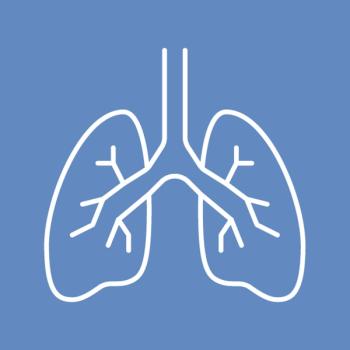
Nivolumab plus chemotherapy significantly improved OS vs chemo alone in resectable NSCLC, per updated CheckMate-816 findings.

Relacorilant plus nab-paclitaxel improved PFS and showed a trend toward longer OS in platinum-resistant ovarian cancer in ROSELLA.

Lasting survival benefits vs chemotherapy or monotherapy were achieved with nivolumab and ipilimumab for patients with MSI-H/ dMMR metastatic colorectal cancer.

T-DXd led to an ORR of 59.4% vs 33.9% with chemo, regardless of biomarker status, in HR+, HER2-low metastatic breast cancer, per DESTINY-Breast06.
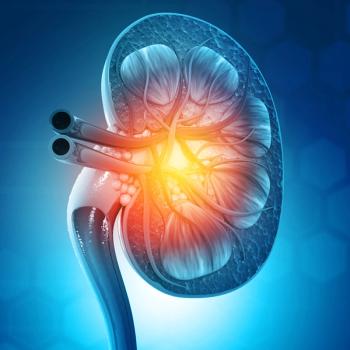
A machine learning model applied to CheckMate 9ER may help predict outcomes and resistance in advanced renal cell carcinoma.

Olanzapine plus an antiemetic shows potential in preventing RINV while reducing other adverse events such as depression, appetite loss, and insomnia.

Final KEYNOTE-A18 results show sustained survival benefit with pembrolizumab plus concurrent chemoradiation in locally advanced cervical cancer.

The ROR1-targeted ADC plus R-GemOx led to a 56.3% ORR in patients with relapsed or refractory diffuse large B-cell lymphoma in waveLINE-003.

Luspatercept led to durable red blood cell transfusion independence and early OS signals in ESA-naive, lower-risk MDS, per updated COMMANDS data.

By monitoring patients’ CBC and other symptoms, nurses and advanced practice providers can spot early indicators of parkinsonism risk, per Yi Lin, MD, PhD.

A molecular assay identified patients with non–small cell lung cancer most likely to benefit from adjuvant chemotherapy, leading to prolonged survival.

Tarlatamab prolonged both overall and progression-free survival in the treatment of small cell lung cancer, backing it as a second-line standard of care.

The combination of trastuzumab deruxtecan with pertuzumab shows promise as a standard of care for HER2-positive advanced breast cancer.